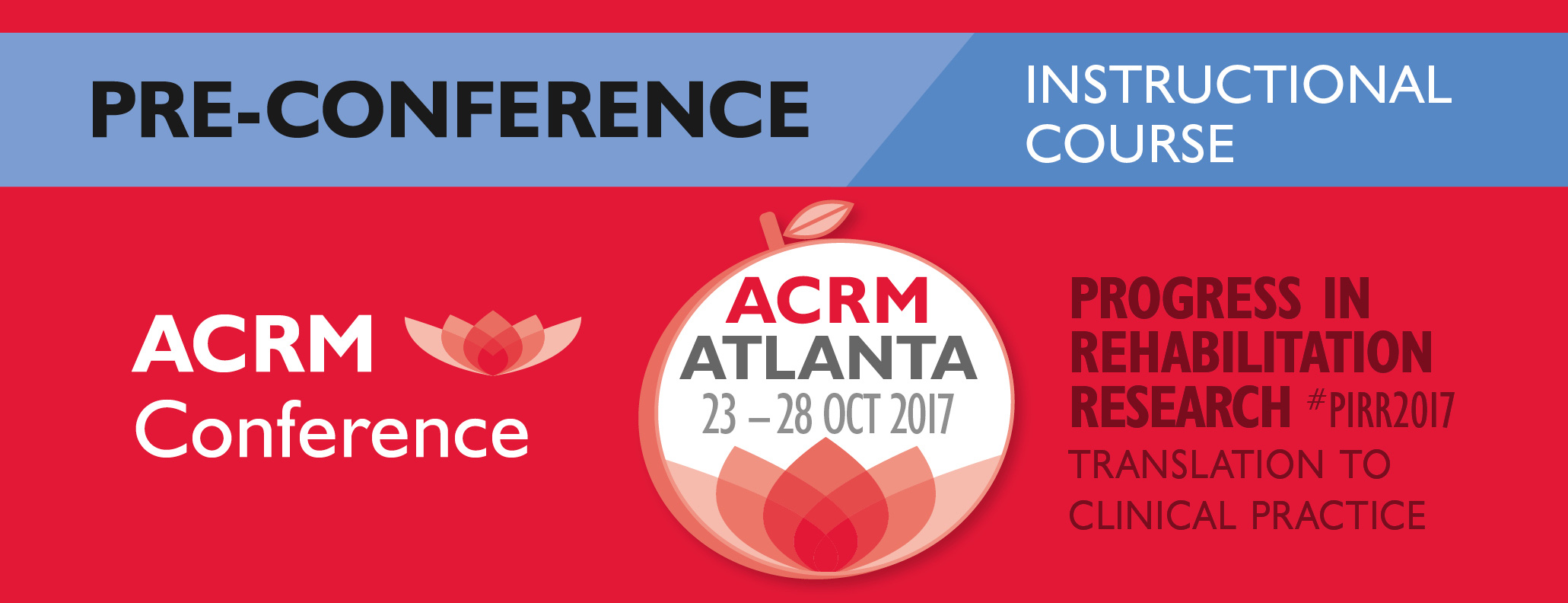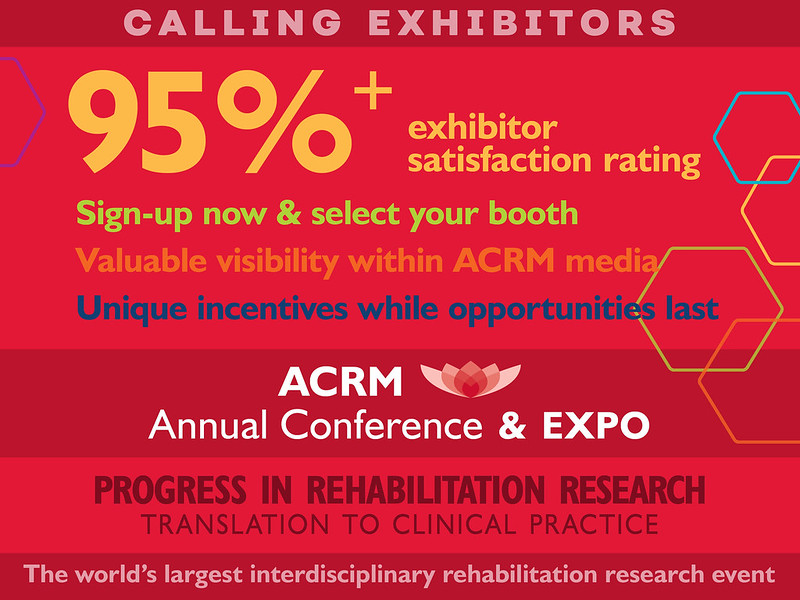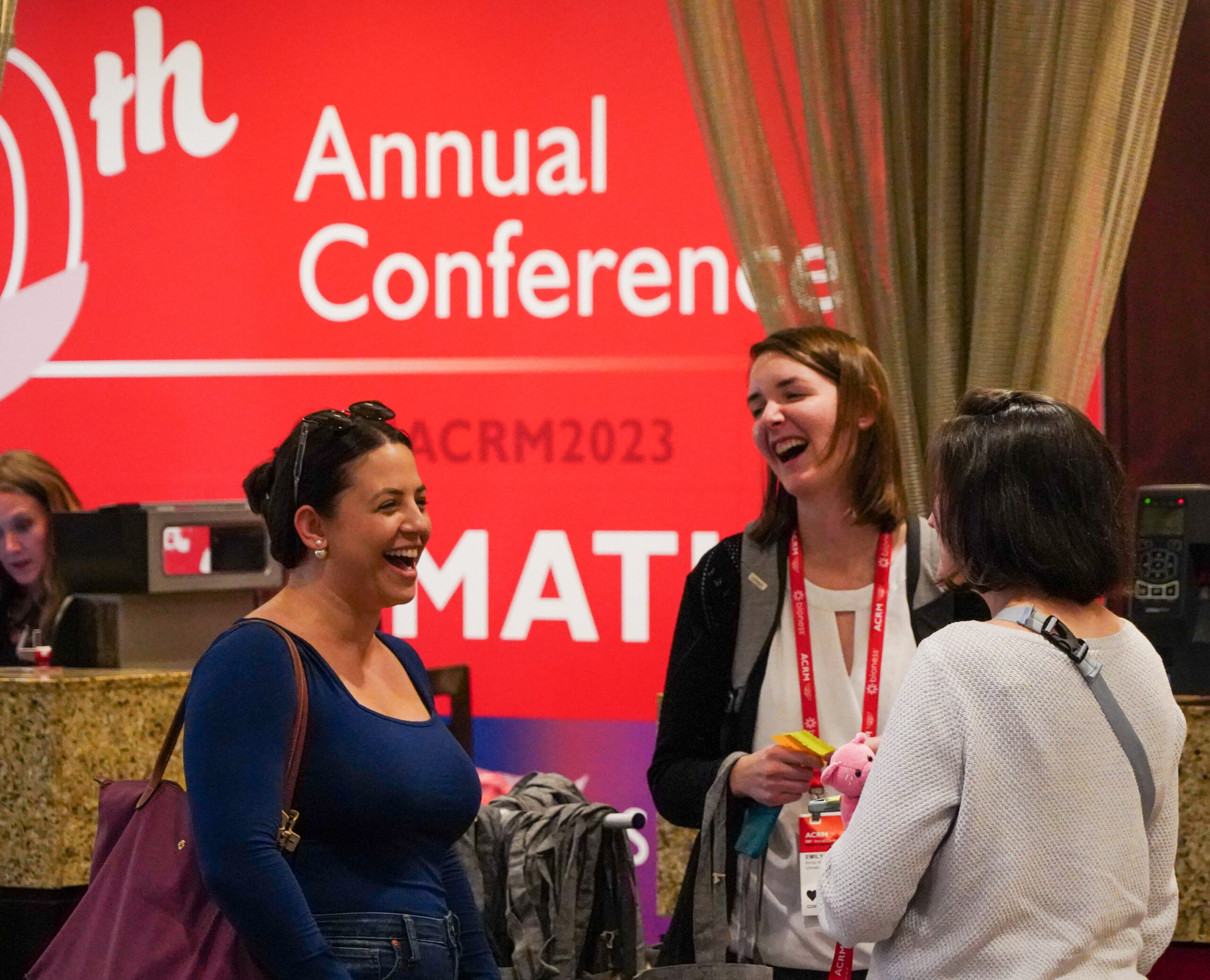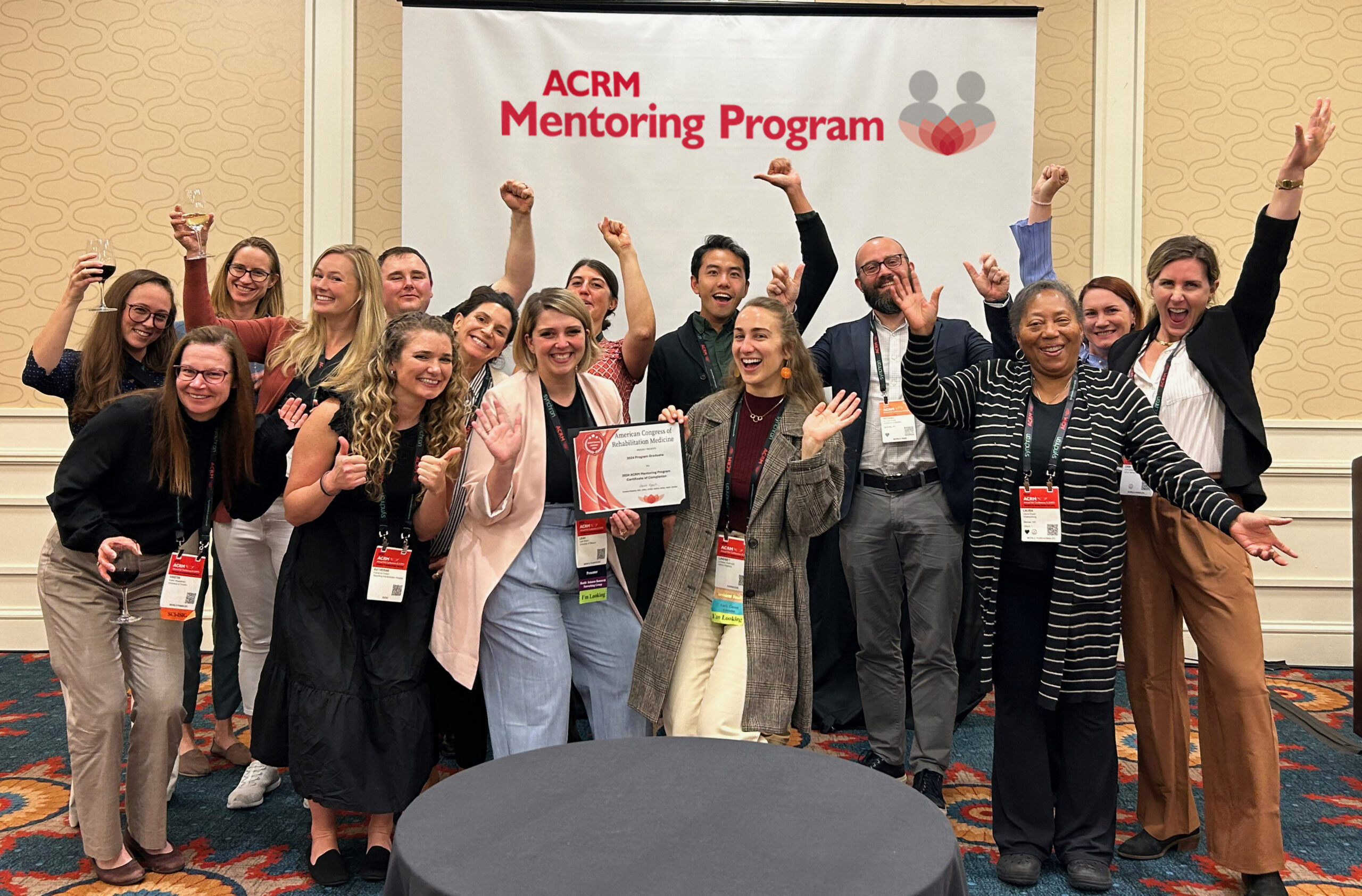TUES 24 OCT // 1:30 PM – 5:30 PM
Primary Content Focus: Neurodegenerative Disease (e.g. MS, Parkinson’s disease)
Secondary Content Focus: Brain Injury
Tertiary Content Focus: Technology (e.g. robotics, assistive technology, mHealth)
This instructional course will provide hands-on demonstrations and workshops with different systems that use the EEG and other multimodal signals to enable communication or provide rehabilitation for persons with severe motor disabilities. Attendees can don electrode caps and other head-mounted equipment and use systems and methods from different groups. We will help attendees proceed through the stages of mounting equipment, launching software, training the classifier, practicing communication, and other activities. This course may be interest persons who work with patients with severe motor disabilities, as well as people interested in neuroscience, engineering, medicine, movement therapy, psychology, signal processing, and HCI.
LEARNING OBJECTIVES
- Describe the real-world procedures required to use modern EEG equipment and other systems to provide communication that requires little or no muscle movement
- Describe the real-world procedures required to use modern EEG equipment and other systems to provide rehabilitation for stroke patients with little residual movement
- List and describe different examples of approaches for EEG-based communication and rehabilitation from different groups
- Select among different types of modalities (such as EEG, facial movement, or EMG) that could help patients with different disabilities
PRESENTERS
Brendan Allison, PhD
UC San Diego
Melody Jackson, PhD
Georgia Institute of Technology
Vivek Prabhakaran, MD, PhD
University of Wisconsin School of Medicine and Public Health
Dean Krusienski, PhD
Old Dominion University
BIOS

Dr. Brendan Allison has been active in EEG research for over 20 years, most of which involved brain-computer interface (BCI) systems. He earned his PhD in Cognitive Science in 2003 at UC San Diego, where he focused on BCIs based on visual attention (primarily P300) and imagined movement. He has since worked with several top researchers and institutes, including Prof. Wolpaw at the New York State Dept of Health, Prof. Polich at The Scripps Research Institute, and Profs. Pfurtscheller and Neuper at Graz University of Technology. He returned to his alma mater and is again with the Cognitive Science Dept. at UCSD. He is a Founding Board Member of the BCI Society and editor of the BCI Journal. Dr. Allison’s recent work involves extending BCI technology to help new patient groups. This includes persons seeking motor rehabilitation after a stroke and persons with disorders of consciousness (DOC). People with stroke or other movement disorders could use BCIs that detect motor imagery to improve rehab therapy. BCIs can also provide assessment of consciousness and (in some cases) limited communication for DOC patients.

Dr. Melody Jackson is the creator and director of the BrainLab, whose mission is to research innovative human-computer interaction for people with severe disabilities. Dr. Jackson’s work focuses on studying real-world applications for direct brain interfaces as well as other biometric interfaces. She participated in the first team to implant a human being with a chronic recording electrode in 1998, and has also extensively explored noninvasive brain-computer interfaces with technologies such as EEG and functional Near Infrared (fNIR) imaging. Her work has been funded by a variety of sponsors including the National Science Foundation, National Institutes of Health (NINDS), NIDRR, and DARPA. Prior to her current appointment at Georgia Tech, Dr. Jackson was a tenured Associate Professor in the Computer Information Systems Department at Georgia State University. Previous to GSU, she was on the faculty of the College of Computing at Georgia Tech for nine years as a Research Scientist, creating and directing the Open Systems lab, and teaching Software Engineering. Before coming to academia, she worked for nine years in industry as a professional software engineer developing real-time embedded systems, secure operating systems, networking, and compilers. Companies included Texas Instruments, Sperry, and National Semiconductor. Dr. Jackson holds a PhD in Computer Science from the Georgia Institute of Technology (1998). Her dissertation work in user interface reengineering combined the areas of Human-Computer Interface and Software Engineering, and her minor was Postsecondary Education. Dr. Jackson also holds a BA in Computer Science with a minor in Business Administration from The University of Texas at Austin (1980), and the MS of Information and Computer Science from Georgia Tech (1988).

Dr. Vivek Prabhakaran received his MD and PhD from Stanford Medical School with his PhD work in cognitive neuroscience and functional neuroimaging. He went on to complete a combined residency-fellowship program in Neurology, Radiology, and Neuroradiology at Johns Hopkins Hospital with board certifications in both Radiology and Neurology. He joined the faculty of University of Wisconsin-Madison in July 2008 as an Assistant Professor in Neuroradiology and has affiliate appointments in Psychiatry, Neurology, and the Neuroscience Training Program. Dr. Prabhakaran’s research laboratory focuses on developing fMRI and other multimodal neuroimaging methods and tools for neurotranslational research involving characterization and treatment of different brain lesions such as vascular lesions-stroke, tumors, and seizure pathology. Dr. Prabhakaran’s lab, in collaborations with Justin Williams’ Lab, is developing Brain-Computer Interface (BCI) technologies as rehabilitation treatments for patients. His research accomplishments include multiple peer-reviewed journal publications including high profile seminal papers in Nature, Nature Neuroscience, Journal of Neuroscience, and Journal of Neurophysiology, and numerous presentations/symposiums at various regional, national, and international meetings which have made both an impact in the scientific as well as the public arena including coverage in NPR, BBC, CBS News, Scientific American, and other media.
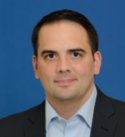
Dean J. Krusienski is a Professor of Electrical and Computer Engineering at Old Dominion University. He received the BS, MS, and PhD degrees in electrical engineering from The Pennsylvania State University, University Park, PA, in 1999, 2001, and 2004, respectively. He completed his postdoctoral research at the New York State Department of Health’s Wadsworth Center Brain-Computer Interface (BCI) Laboratory in Albany, NY. His primary research focus is on the application of advanced signal processing and pattern recognition techniques to brain-computer interfaces, which allow individuals with severe neuromuscular disabilities to communicate and interact with their environments using their brainwaves. His research interests include decoding and translation of neural signals, digital signal and image processing, machine learning, evolutionary algorithms, artificial neural networks, and biomedical and musical applications. His research is supported by the National Science Foundation (NSF), the National Institutes of Health (NIH), and the National Institute of Aerospace (NIA)/NASA.
ACRM Annual Conference, Progress in Rehabilitation Research (PIRR#2017)
CORE: 25 – 28 OCT 2018 // HILTON ATLANTA, USA // PRE-CONFERENCE 23 – 25 OCT
REGISTER ONLINE HERE or Register by Phone: +1.703.435.5335
 |
 |
 |
 |


